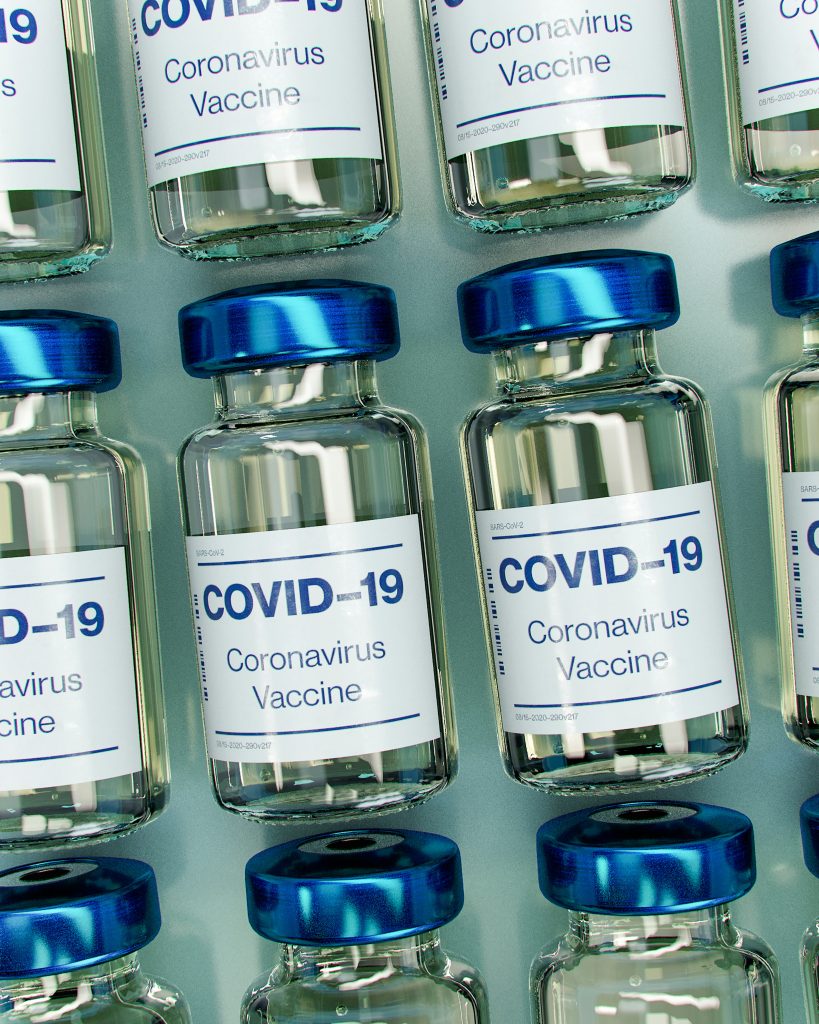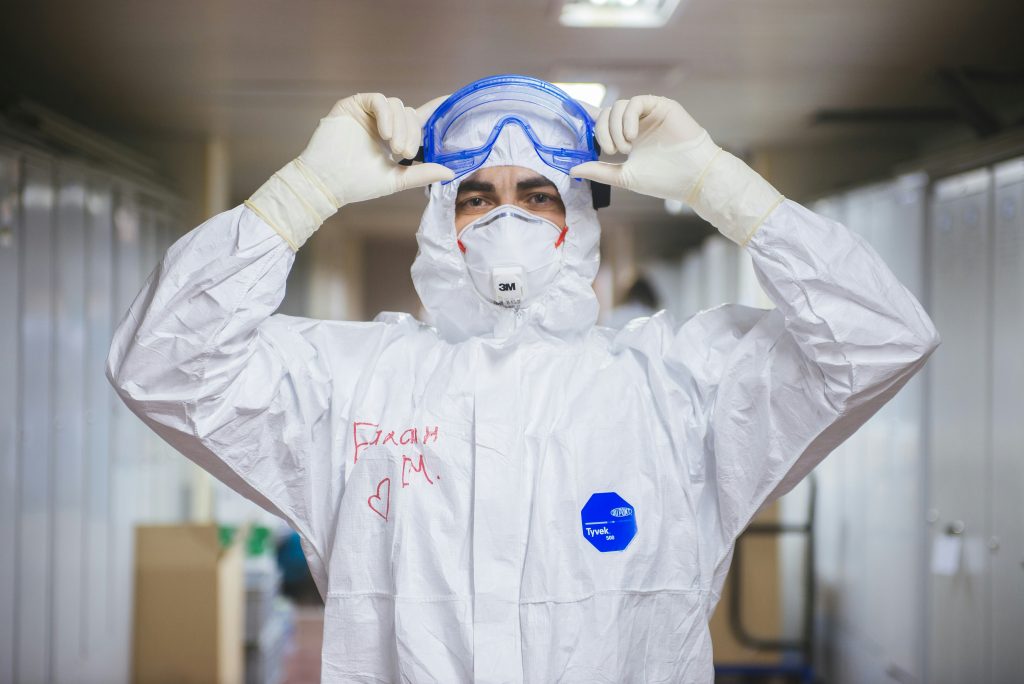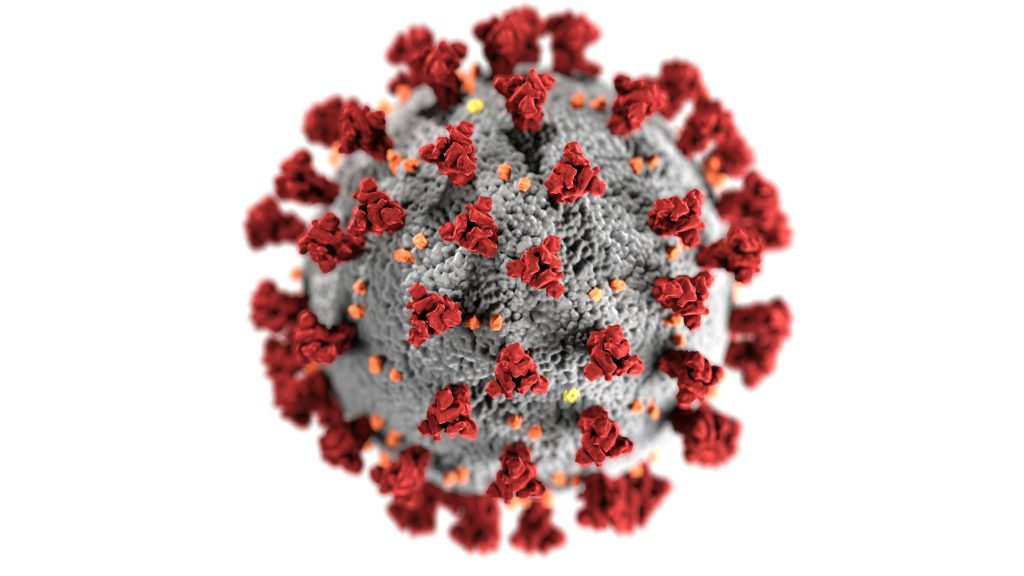Sneezing, a reflexive response triggered by irritation or inflammation of the nasal passages, serves as the body’s natural defense mechanism to expel foreign particles, allergens, or infectious agents from the respiratory tract. In the context of COVID-19, sneezing may occur as a result of the virus’s ability to invade and replicate within the nasal mucosa, leading to inflammation and irritation of the nasal passages.

One possible explanation for sneezing in individuals with COVID-19 is the activation of the body’s immune response to the virus. As the immune system recognizes the presence of the virus, it mobilizes various defense mechanisms, including the release of inflammatory mediators such as histamine and cytokines. These substances can trigger nasal congestion, runny nose, and sneezing as the body attempts to rid itself of the virus.
Additionally, sneezing in COVID-19 patients may be influenced by individual variations in immune response and viral load. Some individuals may experience more pronounced symptoms of nasal congestion and sneezing due to heightened immune activity, while others may exhibit milder symptoms or remain asymptomatic altogether.

The presence of sneezing in COVID-19 patients has raised concerns about its role in disease transmission. While respiratory droplets expelled during sneezing have long been recognized as a primary mode of viral spread, the extent to which sneezing contributes to COVID-19 transmission remains unclear. Studies have suggested that sneezing may generate larger respiratory droplets capable of traveling greater distances and potentially infecting others in close proximity.
As researchers continue to unravel the complexities of COVID-19 and its associated symptoms, understanding the mechanisms underlying sneezing in infected individuals is essential for implementing effective preventive measures and mitigating the spread of the virus. Public health guidelines emphasizing the importance of mask-wearing, hand hygiene, and social distancing remain crucial for reducing the risk of transmission, particularly in settings where sneezing may occur more frequently, such as healthcare facilities or crowded indoor spaces.

In conclusion, while sneezing is not commonly considered a hallmark symptom of COVID-19, its occurrence in infected individuals underscores the diverse array of clinical manifestations associated with the virus. By elucidating the mechanisms underlying sneezing in COVID-19 patients, researchers can gain valuable insights into the pathophysiology of the disease and inform strategies for disease prevention and control. As the global community continues to combat the ongoing pandemic, vigilance and adherence to public health guidelines remain paramount in curbing the spread of COVID-19 and safeguarding public health.
